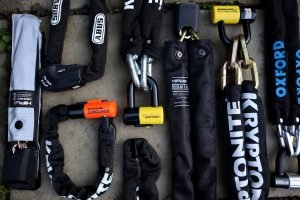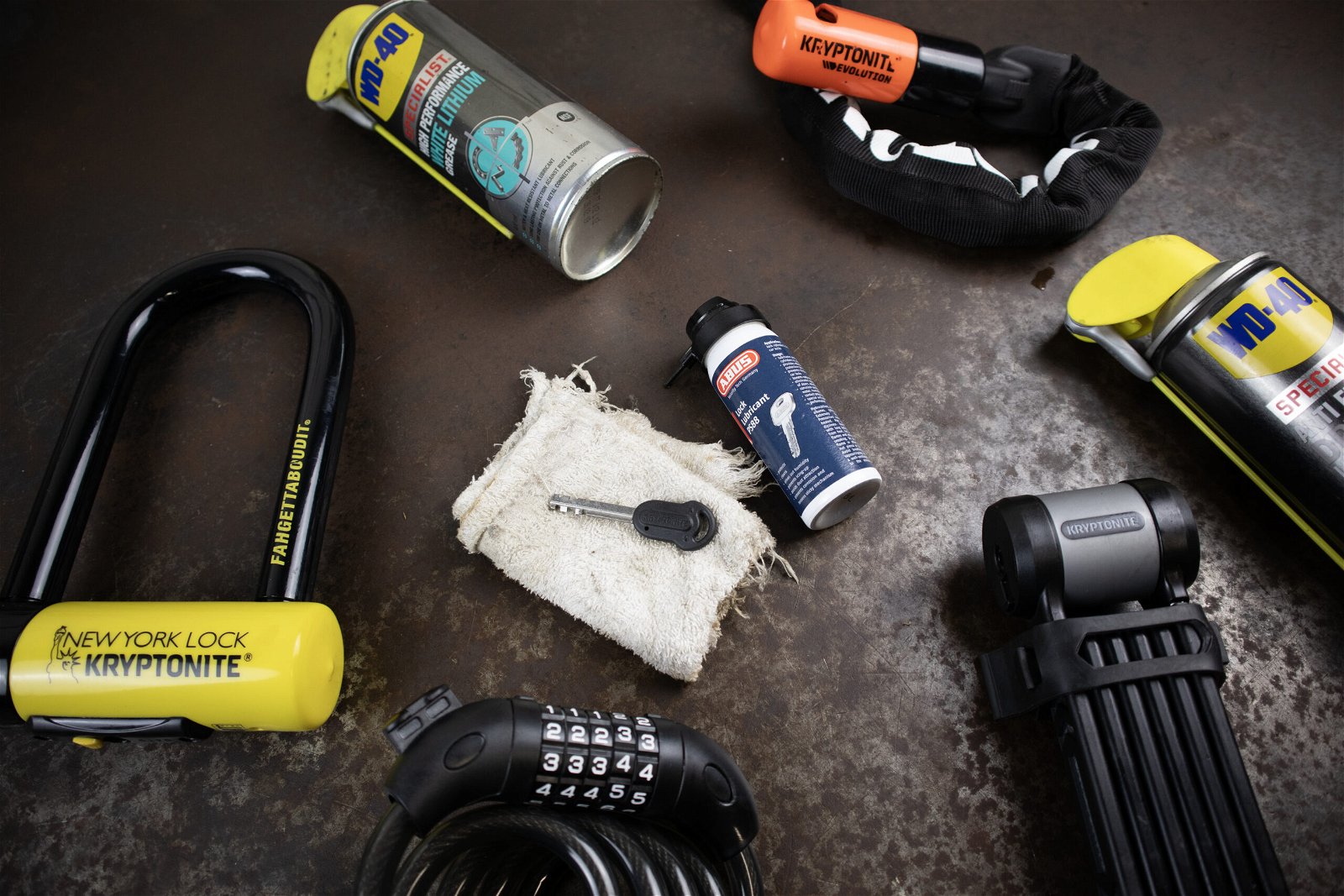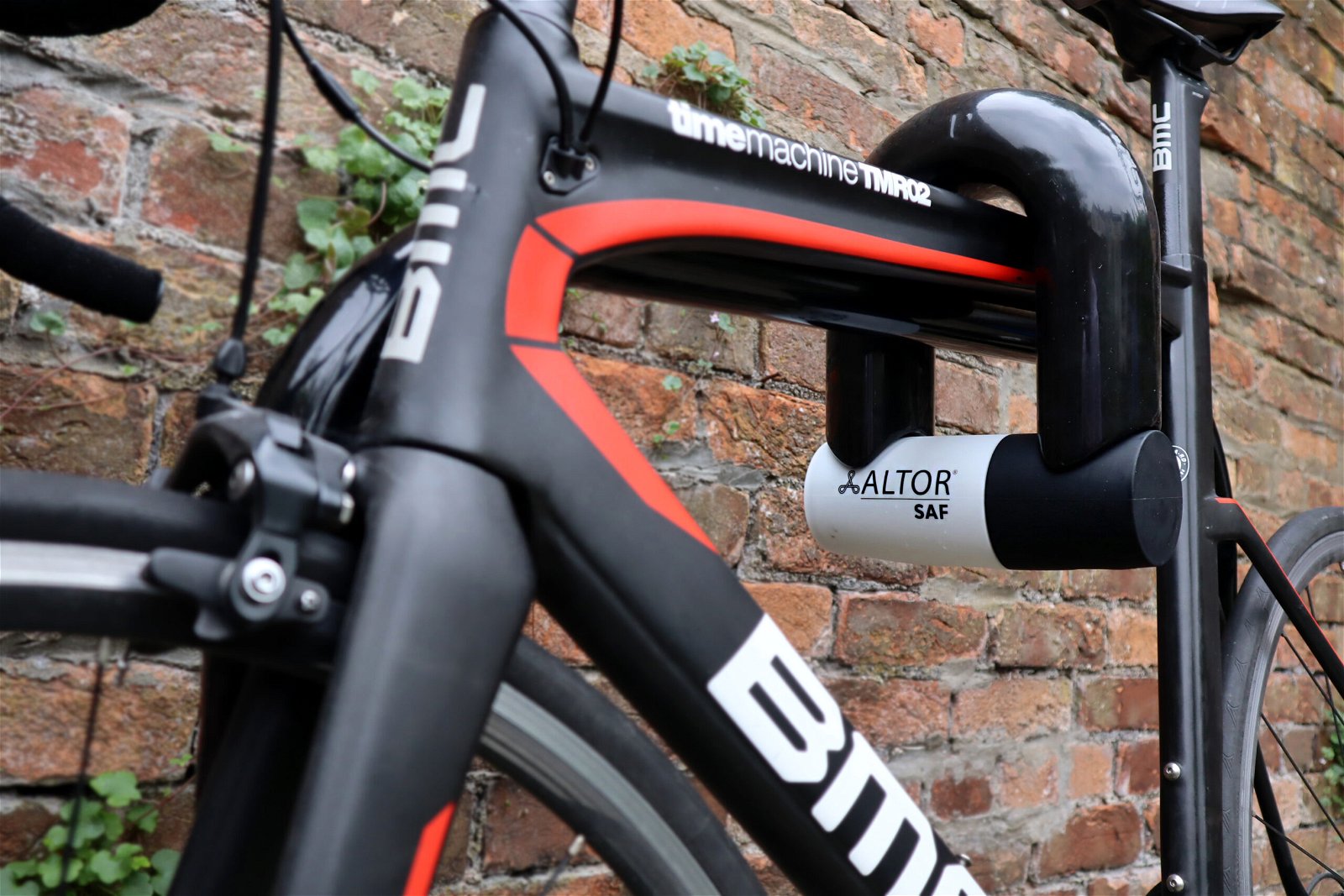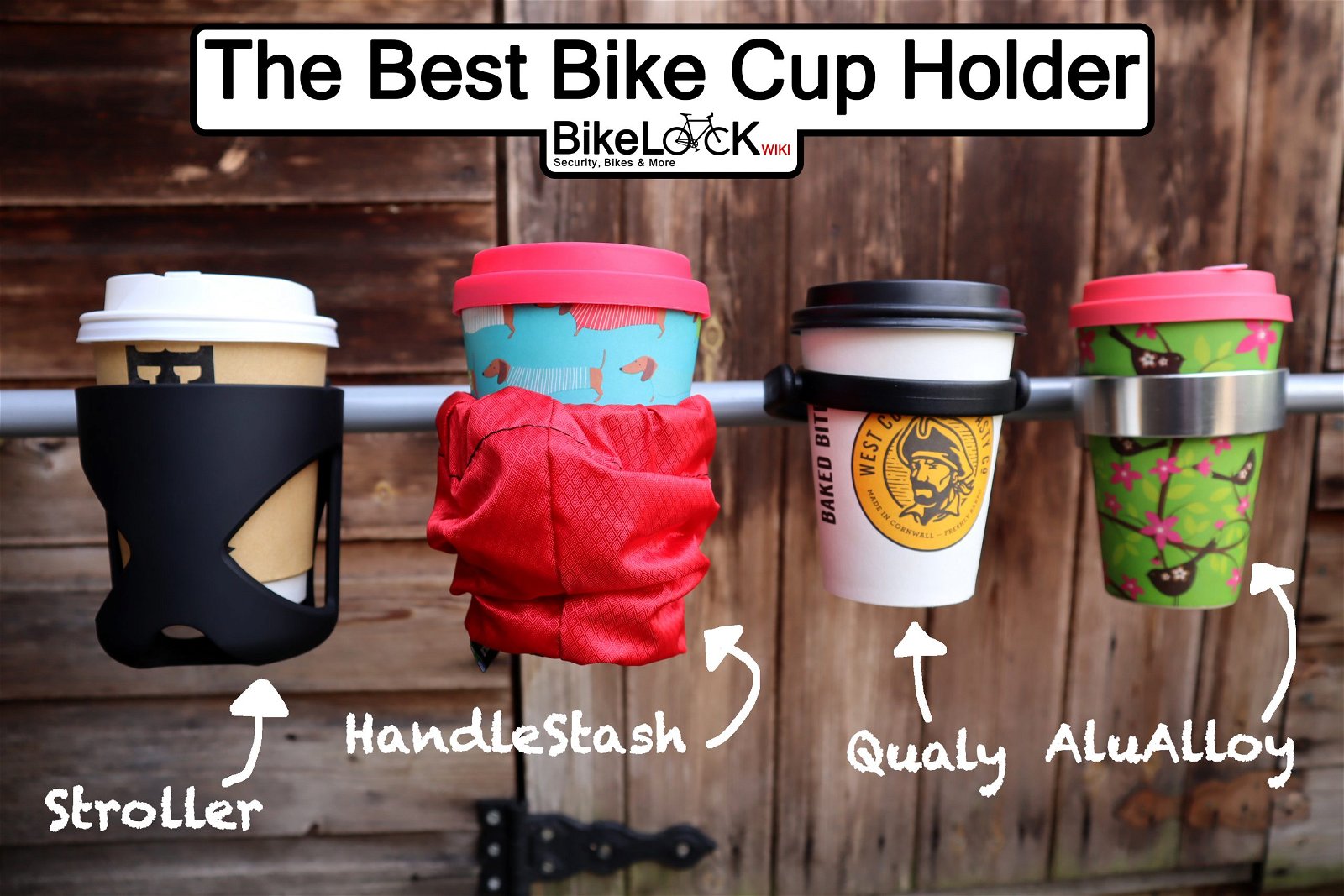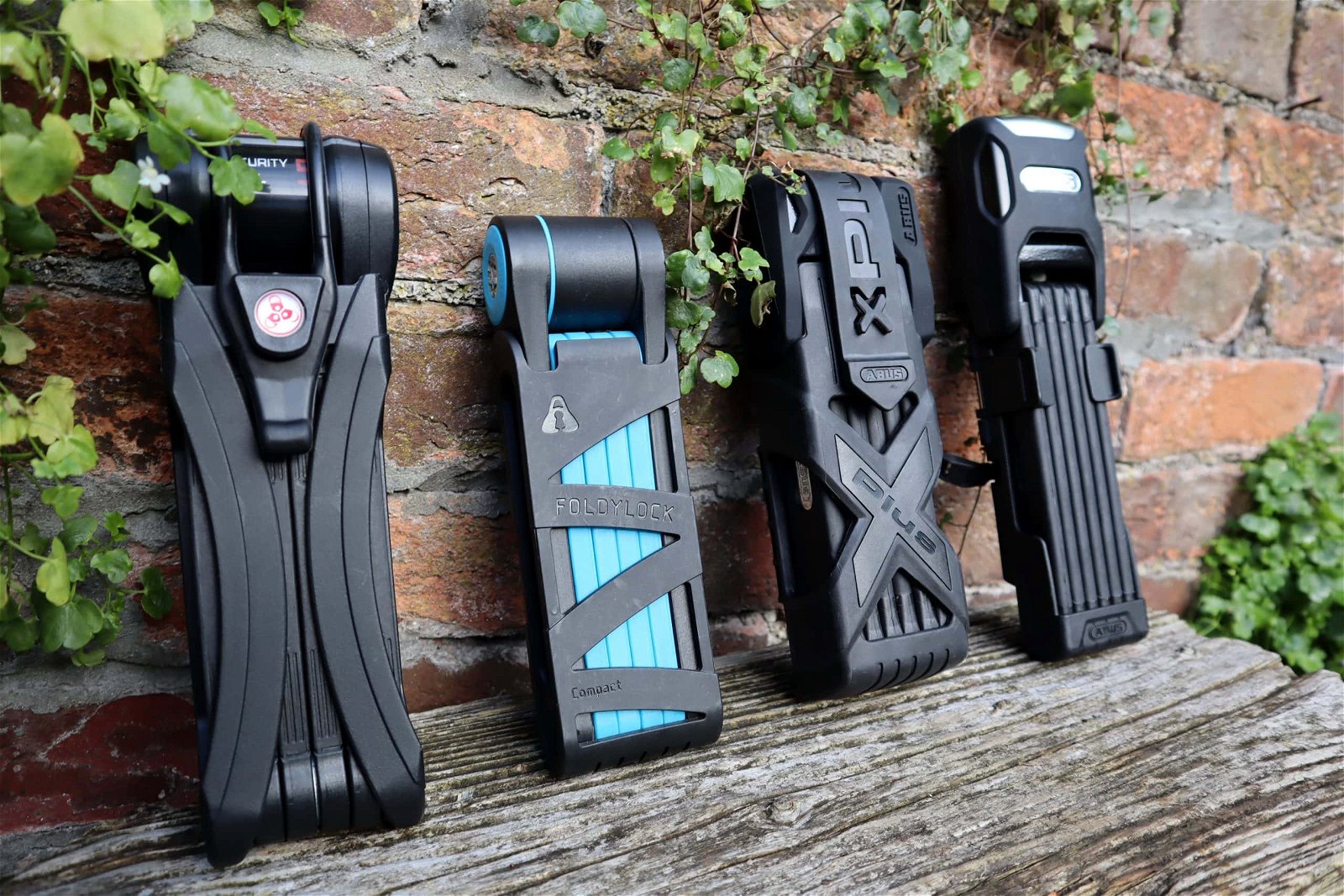So you’re interested in the adrenaline-fueled world of BMXing, but what is a BMX bike and what does BMX mean?
BMX stands for bicycle motocross. This adrenaline-fueled cycling sport comprises a number of different BMXing disciplines, all of which are practised offroad.
BMX bikes are recognizable due to their smaller wheels and frames. Their simplistic design makes it as easy as possible to ride them in intense riding environments such as skate parks or pump tracks.

Other features that define a BMX bike include its lightweight structure and thick and steady tyres for durability and stability whilst riding.
As with all models of bike there are several different styles of BMX available. Each style of BMX is slightly different and has been optimised for a certain BMX event or style of riding.
If you’ve been asking yourself “what is a BMX bike?” keep reading, by the end of this short article you’ll understand exactly what BMX is!
What is a BMX Bike Used For?
As I’ve covered, BMX Bikes are primarily designed for offroad cycling and performing tricks.
If you’re unfamiliar with BMXing, you’re most likely to have seen them used in urban environments such as skate parks or on the streets, but there are several other areas where BMXs are ridden.
Just below I explain the different BMXing disciplines and what’s unique about the BMX bikes used in each event.
Recap - What is a BMX Bike?
A BMX (bicycle motocross) is traditionally a rigid framed bicycle, with smaller 20″ wheels.
These bikes first entered the market in the 1970s and were originally designed in for racing on dirt tracks.
Over the years BMXing has grown and there are now many other disciplines within the sport including freestyle and flatland BMX.
What are the Different BMX Events?
You may think that BMXing consists of riders performing tricks and stunts at skateparks or in the street.
However, there are several different styles of BMX riding that you might not have heard of before. Different types of BMXing require different styles of BMX bike as well as different terrain to ride on.
Nowadays, the majority of BMX bikes are suitable for riding across the range of disciplines. However, flatland and race BMXs should only be used for their style of riding.
BMX Racing
BMX Racing involves several riders racing around a circuit containing jumps, bumps and turns, with the aim of being the first to complete the course or finish a set amount of laps.
Racing BMX Bikes are the original model of BMX bikes. I’ll explain the history behind this later on.
To reduce their weight and increase speed and acceleration, many racing BMX bikes use alloy frames and carbon forks.
This makes them ideal for racing around asphalt or dirt tracks, which is exactly what BMX racing entails!

Like many types of bike, race BMX bikes are size-specific. Depending on your age, weight and height, you’ll require a different size racing BMX.
Closely tailoring a racing BMX to its rider allows the rider to perform to the best of their ability, which is important when it comes to competitive BMX racing.

Racing BMX bikes feature a rear break, which is crucial to allow the riders to adjust their speed to the upcoming sections of the course.
They also have thinner wheels which allows riders to navigate the track a faster speed.
If you watch the video above carefully you’ll notice that riders also wear cleats, which means their shoes attach to the pedals. Again this helps them travel faster, but also means their feet won’t slip off whilst riding.
BMX Vert
Vert BMX riding is another competitive discipline within the world of BMXing.
During this event, riders enter a large halfpipe (vert) ramp and attempt to perform daring tricks and stunts when gaining airtime on either side of the ramp.

Vert BMXriding doesn’t demand a specific style of bmx. The bikes used for vert vary in style depending upon the riders preference.
Normally freestyle BMX bikes are used in Vert Riding as their larger tyres and thicker frames are more suitable for coping with the impact involved in Vert riding.
Whilst a freestyle BMX is probably your best choice of BMX for competitive vert riding, you could in theory ride any style of BMX for this discipline.
BMX Freestyle/Park
Freestyle BMX cyclists ride in a style that takes influence from several different disciplines within BMXing.
BMX Freestyle is an event in which riders traverse the same skate park and perform difficult tricks. This style of BMX riding is due to make its debut at the Tokyo 2021 Olympics.

Judges award scores based upon the tricks performed by riders during their allocated time. After all participants have competed the rider with the highest score wins.
Freestyle/park BMX bikes are known for being sturdy and durable. As covered above their thicker frames allow them to cope with heavy impact from jumps and their wider wheels provide more stability for riders.
You don’t expect to find breaks on a freestyle BMX as they would get in the way whilst performing tricks.
BMX Flatland
Flatland BMX Bikes are designed for completing tricks on flat and paved surfaces as opposed to ramps or rails.
This style of bike and riding is the least widely known throughout BMX. Flatland is often referred to as an artistic form of BMX cycling.
This riders that take part in flatland BMX perform similar tricks and stunts to that seen in artistic cycling with fixed gear bikes.

The best performances of BMX flatland are comparable to dancing.
The majority of flatland riders ride without breaks. This allows riders to easily manoeuvre around the frame of their BMX without snagging on a break leaver.
BMX Trails/Dirt

BMX Trailing or BMX Dirt normally involves riders taking on large compacted dirt ramps, which mostly constructed and maintained by hand.
Normally riders will use a freestyle BMX when riding dirt trails. A freestyle BMX’s tyres provide enough grip for loose dusty surfaces, with some riders opting to change to a gripper tyres.
Trails were one of the earliest alternatives to BMX racing as riders would use the ramps on the racecourse to practise tricks between racing.
Jump bikes, also referred to as dirt bikes, sit halfway between a hardtail mountain bike and a BMX, sometimes trail riders use these. Many jump bikes have suspension, which can help cushion the heavy impact of big jumps.
Jump bikes also tend to use wider handlebars than a freestyle BMX, which gives their riders increased control when navigating challenging trails.
But as seen in the video above, freestyle BMX bikes are the most common choice when trail riding.
The History of BMX Bikes
Compared to other bike models, BMX bikes are a relatively newer bicycle design, stemming from the 1970s[1].
The history of BMX bikes and the sport began in Southern California due to the imagination of a group of children.

Kids in this era were known for converting their Schwinn Stingray bicycles, a popular bike at the time, into models inspired by motocross motorcycles.
These bikes came at a more affordable price tag than motorcycles and were slightly more suitable for kids!
Children then began racing their modified bikes on trails and dirt roads, creating their very own sport. BMXing.
The 1971 documentary, On Any Sunday, highlighted these kids and their novel sporting idea, which put BMX bikes on the map. The media attention quickly motivated bike manufacturers to join the movement and begin producing the first BMX bikes.
This suggests that the first commercially available BMXs may have been produced for younger riders looking to emulate motocross.
Moving into the 80’s BMXing boomed. New disciplines were being discovered within the sport as riders attempted to showcase their own style of BMXing.

In 1981 [2] the International BMX Federation was founded which brought countries interested in the sport together.
The next year, in 1982 the IBF held the first BMX World Championships, which was then followed by the JAG World Championships (seen above).
BMXing has since progressed to not only racing bikes but also to freestyle stunting and tricks thanks to the likes of Bob Haro[3] and several other famous riders.
What's Unique About BMX Bikes?
Now you know what a BMX bike is and what BMX stands for, it’s time to learn what features set BMXs apart from other bikes.
You might have heard of some of these, but I’m sure you didn’t know some of these distinguishing features!

Between the three types of BMX bike (freestyle, jump and racing) there are a few differences with the frames.
As we’ve covered, racing BMXs are built for speed and agility which means they need to be lightweight.
Freestyle BMX frames can vary. Cheaper freestyle BMX bikes use steel frames, whilst the best freestyle frames are made from 4130 chromoly tubing.
Chromoly is only slightly lighter than aluminium, but its also stronger which means the tubing can be thinner, cutting weight.
Some racing BMX bikes use carbon fibre forks, which dramatically cuts weight, whilst your average freestlye BMX’s fork will be made from aluminium or steel.
These forks, like BMX frames are rigid and don’t feature suspension. However, some newer jump bikes have begun to integrate a front fork with suspension to assist on big jumps.
Again, Chromoly 4130 is another popular material used to make the best BMX forks. These are more expensive and normally aluminium or steel will be used on cheaper forks.
BMX Handlebars are tailored to suit each individual rider. Some riders prefer wider bars, which provide more control, whilst others use narrow, stubby bars which provide a faster way to turn.
BMX handlebars are recognisable due to their two-piece (or sometimes four-piece) construction, compared to most other bikes which use one-piece bars.
Taller bars can help riders correct their posture whilst riding, whilst shorter bars can increase jump height.
By law bikes have to be sold with two breaks, however the majority of BMX riders chose to remove one or both of their breaks.
As I already covered,BMX race bikes use one rear break and remove the front break to cut down on weight.
Flatland riders will almost always remove breaks. Otherwise, they’d get in the way whilst practising tricks.
Similarly to racing BMXs, freestyle riders often remove the front break and ride with one break. Others choose to remove both breaks, but having a break can be helpful to ensure you don’t overshoot a jump.
So that tricks such as barspins can be performed without the cables tangling, gyros are implemented which allow the handlebars to rotate freely without tangling the break cable.
Racing BMXs use a thicker front tyre and a thinner rear wheel, this allows riders to accelerate faster out of the gate.
Traditionally racing BMX bikes use 32 spoke wheels, which provides enough strength for racing without making the wheel too heavy.
As freestyle BMX bikes are made to perform more heavy impact tricks and jumps they often require stronger wheels and make use of 36 heavy-duty spokes. Some even come with 48 spokes for the ultimate strength.
As for tyres, racing BMX bikes tend to use tyres with high traction, suitable for riding across packed dirt. the outer perimeter of racing BMX tyres tends to be jagged so that tight corners can be handled at high speed.
Freestyle BMX bikes use tyres with less traction which are more suitable for urban terrain such as concrete or other paved surfaces.
And finally trail BMX bikes use tyres with the heaviest tread. These are suitable and designed specifically for handling intense off-road trails.
A regular bicycle drivetrain consists of all of the components that are used to push/pull your bike along; pedals, cranks, chain, derailleur, chainrings and cogs.
As we’ve found out, the average BMX doesn’t make use of gears, so they wouldn’t have a derailleur or a casette.
The Most Popular BMX Disciplines
To further investigate the different styles of BMX, I carried out some research to find out which were the most popular Disciplines within the sport.
I created an online poll in which 379 BMX riders took part and voted on the style of riding they practice the most.
Below are the results!
| BMX Discipline | Number of Riders |
|---|---|
| Street | 181 |
| Freestyle/Park | 102 |
| Trails/Jump Biking | 73 |
| Flatland | 19 |
| Vert | 3 |
| Racing* | 1 |
From this data, we can see that the most popular style of BMX is street riding. This is most likely due to the fact that street BMX riding doesn’t require a designated area, unlike vert or trail riding.
Freestyle/Park is another popular choice as within cities there are normally skate parks dotted around for the public to use.
Flatland appears to be an outlier in the experiment, as the other less popular choices demand an area built specifically for that style of riding.
Flatland can take place on the street, but its reduced numbers may be due to the reduced coverage of this discipline competitively.
With the 2019 flatland world championships only pulling a few hundred spectators, it’s hardly surprising this discipline shows up lower.
*Racing added after poll was published
Who Should Use a BMX Bike?
BMX bikes are a popular choice as they cater for a variety of riders thanks to their many subcategories of riding styles.
A BMX bike (bicycle motocross) is a bicycle designed specifically for completing jumps, tricks and stunts. BMX bikes are less suited for riding on roads and often require a designated area depending on the chosen style of riding, such as a skate park or a pump track.

If you’re considering taking up BMX it would help if you’ve had experience with other extreme sports.
When performing tricks and stunts on a BMX, riders have an increased risk of personal injury, making a BMX a perfect choice for thrill-seekers and dare devils.
A BMXs smaller frame is very accomodating for shorter cyclists. Furthermore, skate parks in city environments are popular spaces for children and teens to spend time, and considering a BMX bike lends itself to this environment perfectly, they are ideal for this age group.
As long as they’re supervised, BMX bikes can be a great option for younger children as their chunk tyres prevent them from building up too much speed.
Who Shouldn't Use a BMX Bike?
BMX bikes are not for your standard cyclist. In general, these bikes are not suitable for riders who wish for nothing more than simple leisurely cycling.
BMX bikes aren’t suited to commuting long distances as sitting down and pedalling is challenging and uncomfortable. The majority of BMX bikes offer a single-speed low gear which restricts the speed that these bikes can travel at to a minimum.
BMX bikes are used in much more dangerous environments than other forms of biking, so older riders or those with prior health or physical conditions are best to opt-out if they want to avoid injury.
What Competitions/Events are BMX Bikes Used In?
BMX bikes are found in a variety of competitions depending on the type of model. As we’ve already covered, the first BMX competition was BMX racing.
This form of riding made it to the Olympic level in 2008[4] and continues to attract massive attention every four years.
Outside of the Olympics, the UCI BMX World Championships is the continuation of the original IBF BMX World Championships.
This BMX Racing competition takes place yearly and pulls thousands of spectators who come to watch the biggest names in BMX compete to be crowned world champion.

Not only are BMX bikes great for races, but they are also used in a plethora of stunt riding competitions.
In Freestyle riding competitions (pictured above), riders are given a limited period of time to showcase their best possible tricks.
Benefits of BMX Bikes
BMX bikes bring immense benefits to the table. The main advantages of owning one include:
- Thrilling to ride on difficult terrain
- Great for children due to small bike stature
- Designed for maximum durability
- Small and light enough for easy transport
- Can be taken on some forms of public transport
Risks Associated with BMX Bikes
Despite the advantages, BMX bikes come with risks and challenges.
The stunts completed on BMX bikes can be quite dangerous, and which increases the risk of injury compared to other types of bike. Potential falls from high jumps on the typical courses put riders at risk for extensive injuries.

This being said, J Worrell’s publication from 1985 [5] compared accidents on BMXs with other models of bikes to see if those sustained from BMXing were more serious injuries.
The publication points out that the injuries of the BMX riding test subjects were similar to those who rode other bikes. It then goes on to point out that the BMX riders had a lower proportion of serious injuries compared to road bike riders.
This will be due to the fact that road bikes are designed to travel much faster than BMXs. Accidents which occur at high speed are likely to be more serious.
Finally, the publication concludes that the major cause to accidents whilst riding BMXs was performing stunts. However, 50% of the time these accidents are due to a lack of experience combined with poor cycling technique.

High-speed collisions between competitors during racing events are possible as well. Skin abrasions, fractured bones, or head injuries can occur during BMX sports, even with the proper precautions.
But wait! Before I put you off BMX for life, the majority of the risks associated with BMX riding can be mitigated with sufficient practice.
Also by wearing appropriate safety equipment (helmet, body armour, gloves, etc.) you’ll decrease the chance of getting hurt.
All in all, don’t let the risks discourage you! As with any new hobby, it’s important to take things one step at a time.
The Environmental Impact of Using a BMX Bike
Riding any style of bicycle helps reduce pollution and the use of fossil fuels. BMX bikes are especially light and can easily be carried onto public transport modalities.
As BMX Bikes are smaller and built with less individual components, one could assume that less manufacturing takes place to produce a BMX, therefore reducing the overall carbon footprint of a BMX compared to other bikes.
Does the BMX Bike Require a Special Area to be Ridden?
As they do not function well on typical bike paths and roads, BMX bikes require special areas in order to be ridden to their maximum potential.
These environments include specifically designed skate parks and pump tracks.
Skate parks are generally built from concrete and will last a long time if taken care of.
BMX trailing or jump biking normally takes place outside of urban areas where long trials can be made for thrill-seekers.

This time spent outdoors can help cyclist appreciate nature more.
Ultimately, BMXs don’t need a designated area to be ridden. However, skate parks, pump tracks and dirt trails provide a great way for BMX riders to practice tricks and increase their riding ability.
Does a BMX Require Anything to Keep Functioning?
With their simplistic sturdy design, BMX bikes are intended to be long lasting. Typically they won’t require any complex maintenance, however from time to time parts will need to be replaced.
Considering the intention of BMX is to complete daredevil tricks, however, these bikes have the potential to sustain damage. Maintenance and repair must be provided as needed to keep BMX bikes functioning correctly.
What to Wear When Riding a BMX Bike
Due to the risk for injuries while participating in BMX, protective gear should always be worn while riding.
A full-face helmet is required for most competitive BMX Racing events, whilst a regular skate-style helmet would suffice for a casual BMX rider.
These protective helmets guard the head against possible trauma and protect one’s teeth and facial bones.
Wrist guards along with shin, knee, and elbow padding can be beneficial to provide cushioning, especially when taking up BMXing for the first time.

Bare skin is prone to injury – BMX riders often opt for long sleeves and trousers to avoid abrasions caused by falls.

If you’re thinking of taking up BMX it would probably be a good idea to buy some skate shoes. These have thick rubber soles which are designed to withstand scuffs and scrapes.
What Accessories are Recommended When Using a BMX Bike?
BMX bikes are generally highly customizable, as various parts and accessories can be added to suit the owner’s preferences.
Features that BMX riders like to modify include handlebars, pedals, cranks, and frames. A favourite element that many BMX bike owners enjoy investing in is stunt pegs.


Pegs increase the number of tricks that a rider can accomplish such as grinds and manuals/wheelies. Stunt pegs are crucial for flatland BMX riders as the intricate tricks the perform often require alternative foot placement.
Paint, stickers, and other adornments can be added or changed. BMX riders notoriously accessories their bikes to ensure that they are readily identifiable during races or competitions. Viewers typically watch the event from a distance so bright colours on a bike, helmet or jersey are popular.
Conclusion - What Is a BMX Bike?
Just in case you missed it, a BMX bike (meaning bicycle motocross) is a small bicycle designed for performing tricks and stunts.
These bikes can often be seen at skate parks and have always been popular amongst younger cyclists.
I hope you found the information in this article helpful! I’m constantly looking to improve the quality of the content I produce, so if you see something that doesn’t look or sound right, let me know int he comments below!
Otherwise, safe riding and remember, lock it or lose it!
Ciao for now.
[1] http://www.bicyclehistory.net/bicycle-history/history-of-bmx/
[2] https://www.uci.org/news/2018/about-bmx-racing
[3] https://www.harobmxhistory.com/bikes-and-frames
[4] https://www.olympic.org/beijing-2008/cycling-bmx
[5] https://emj.bmj.com/content/2/4/209



